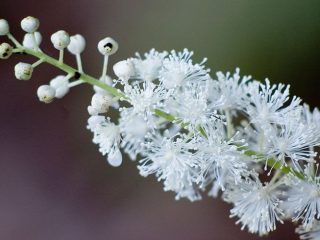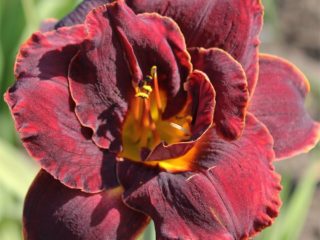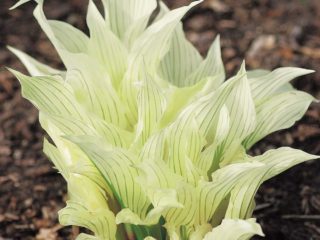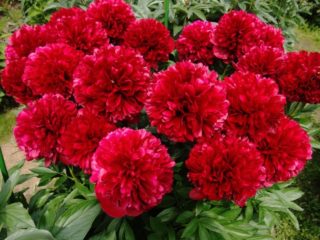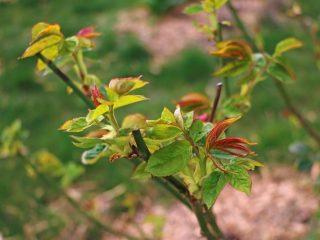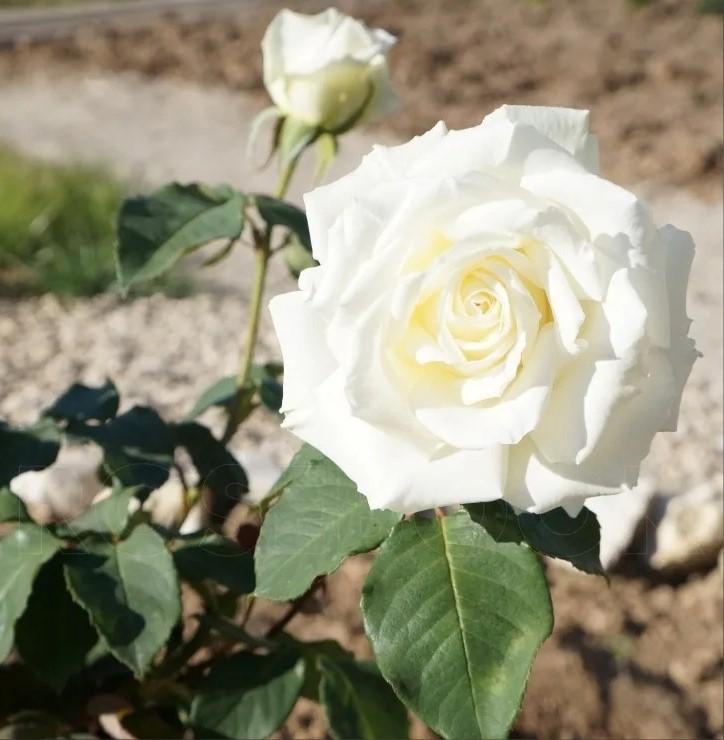Content
Daffodils are bulbous plants that are highly valued for their unpretentiousness. The crop grows well and does not force the gardener to worry about himself once again. However, planting daffodils in the spring should be done in accordance with agrotechnical rules.
Is it possible to plant daffodils in spring?
Daffodils are usually planted in the fall - from mid-September to October. If the deadlines are missed, the work can be carried out in the spring. The planting material will not suffer from this.
When to plant daffodils in spring
It is not advisable to work on daffodils in early spring when there is snow outside. The favorable period is mid-April. It is undesirable to postpone planting until May, since the plant will not have time to get stronger. Sometimes the crop does not bloom for two years.

If symptoms of the fungus are detected, plant in a new place, but there should be no other crops there
Summer planting of flower crops is possible, but at home. With a high probability, budding will begin next year. In the southern regions, work can be carried out at the beginning of winter. For reliability, the plant is covered with agrofibre.In the Moscow region they do this in early autumn or spring.
When choosing the timing, you should rely on the weather forecast and monitor the soil temperature. Botanists recommend planting when the soil has warmed up to +10 °C. Precipitation may delay the event by several days or weeks. If abnormal heat is expected, daffodils can be planted in early spring.
In the Urals and Siberia, it is better to plant 2-3 weeks earlier, since at the end of summer the temperature drops quickly. In these regions, work is carried out no later than August 15.
How to plant daffodils in the spring so they bloom
The plant usually does not cause problems. The owner just needs to choose a place and prepare the bulbs.
Selecting a location
Daffodils love moist soil. This is what distinguishes the culture from other bulbous plants. It takes root well in any soil, except heavy and swampy. If the site has few nutrients, it is fertilized one month before planting.
Humus is a necessary addition if the soil is poor. It’s not scary if the crop is disturbed by short-term droughts, because it is quite adapted to this. But it is better to exclude placement in the open sun; light shade is allowed.

Before planting, the soil should be disinfected with chemical or biological agents.
Daffodils can grow in one place for up to several years. It is better to replant in the spring. Flowers live well in open ground, containers, rock gardens, and on the lawn.
Preparing the bulbs
If the gardener was unable to plant the bulbs in the fall, daffodils can be planted in the spring. Before this, the raw materials are placed in the freezer and hardened for 20 days.It is important not to overdo the procedure, otherwise the bulbs may weaken.
If autumn has not passed yet, you can try to deepen the daffodils into the ground. This should be done before snow falls. Even at sub-zero temperatures, the crop can take root. When precipitation has already fallen, the event is postponed until spring, summer or next fall.
If the refrigerator is full, the raw materials are placed on the balcony. It should be in a dry, ventilated place. It’s good if the gardener did not have time to purchase the bulbs. In this case, they are purchased immediately before planting.
Some gardeners place daffodils in a container with store-bought substrate, and in the spring they transplant them into open ground. This gives the plant a better chance of survival.
At what depth to plant daffodil bulbs in spring?
In spring, it is important to choose the correct depth, otherwise the plant may freeze. First of all, they rely on the dimensions of the bulb. The planting hole should be three times deeper than the length of the tubers. If the soil is heavy, make the hole smaller to make it easier for the daffodil to look out.
When planting in sandy soil, make the hole a little deeper. Do not forget about the distance between plants. For normal growth, maintain a distance of 20 cm.
Landing technology
Daffodils are planted in the ground in spring in accordance with generally accepted rules. Culture will bloom only if they are observed. The bulbs should be sorted to identify the most viable ones; damaged samples should be thrown away.

Before planting, you can treat the daffodils with a Vist smoke bomb - the product shows good results in the fight against rot.
The raw materials are placed in a solution of potassium permanganate. This is a common treatment method that helps sterilize the plant. The procedure is carried out within 30 minutes. Then the tubers are kept in a growth stimulator and dried in a warm place with good ventilation.
To properly plant daffodils in the spring, you should carefully inspect the tubers. If sprouts, stems, or miniature bulbs appear on them, they are not suitable for use. Preference is given to large specimens - they germinate the fastest.
A month before planting, the area is saturated with nutrients, fertilizing is applied, and it is dug up. The pit is prepared when the weather outside is stable. The depth should correspond to the size of the daffodil.
The bottom is lined with drainage - broken bricks, pebbles, river sand. The plant loves moisture, so you need to avoid its stagnation in the roots. The bulb sprouts should face outwards. They are covered with earth and watered abundantly. Fertilizers should not be applied, since in the early stages the tubers only need soil substrate.
Caring for daffodils in spring
Knowing how to properly plant daffodils in the spring is only half the battle. The gardener must provide proper care so that the crop pleases him with abundant flowering.

Urea can be used as the first fertilizing after planting, then treated with Effecton
The required work includes:
- Regular watering. The plant is moisture-loving, so you need to moisten it often.The root system absorbs liquid from the soil, but outside help is needed during the flowering period and after it ends. If the soil itself is dry, moisten it constantly, especially in summer. The main thing is not to flood the plant.
- Loosening. Sometimes the ground needs to be loosened, for example, to remove a hard layer of soil. This also helps improve root ventilation. During the procedure, it will be useful to remove weeds and household debris that interfere with growth after planting.
- Fertilizer. During the formation of buds, daffodils need nutrition with nitroammophos. The additive is sold at any garden store. For the first time, use 100 g per 1 square meter. m, then the dosage is reduced to 55 g. In autumn, superphosphate and potassium are added to the moist soil.
Botanists recommend replanting the plant at least once every five years. During this time, the soil has time to deplete, so the budding process is often delayed. Daffodils are carefully dug up, paying attention to the location of the roots.
The specimens are cleaned of soil and dried in the open air for 20-25 days. Then the raw materials are sent to the refrigerator or to the balcony, and in the spring they are planted in a new area.

It is better to dig up the plant after the foliage turns yellow - then the process is easier, compared to green daffodils
Recommendations and common mistakes
If you lack experience, you should focus on the specified planting technology. This will help avoid some mistakes common among novice gardeners:
- Inspect the plant periodically. This will help identify the disease before it reaches a severe stage. The crop may be susceptible to nematode and rot. Hoverflies love to feast on the plant.
- Comply with preventive measures. They consist of timely watering, treatment with fungicides and insecticides once a season. Some people use wood ash to dust the surface of the shoots. Folk remedies - soap solution, sour milk - can provide good support.
- Planting is carried out after the soil has warmed up. In cold soil, daffodils die in 80% of cases. It is important to check the weather forecast to be aware of the return of frost. In this case, it is advisable to cover the plant. Cold causes serious harm during bud formation.
- Planted in cloudy weather. Precipitation will help the daffodils grow stronger, and clouds will cover the hot sun. However, the day must be warm for the culture to feel good.
You can dig up bulbs no more than once a year. Frequent withdrawal brings stress to narcissists. In addition, with each transplant, the risk of damaging the root system increases.

It is better to plant in spring on the side where there is little sunlight, otherwise burns may appear on the leaves.
Conclusion
Planting daffodils in the spring is not difficult. It is enough to dig a hole in accordance with the dimensions of the bulb, lay out the drainage and place the plant there. Although the culture is distinguished by thirst, it is considered one of the most unpretentious. She has good immunity, however, preventive treatments should not be neglected.
